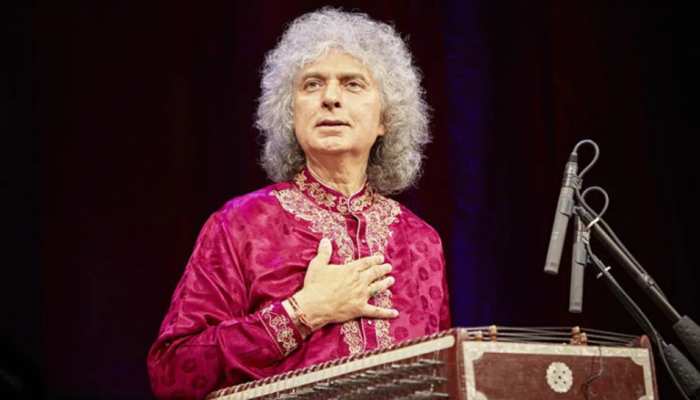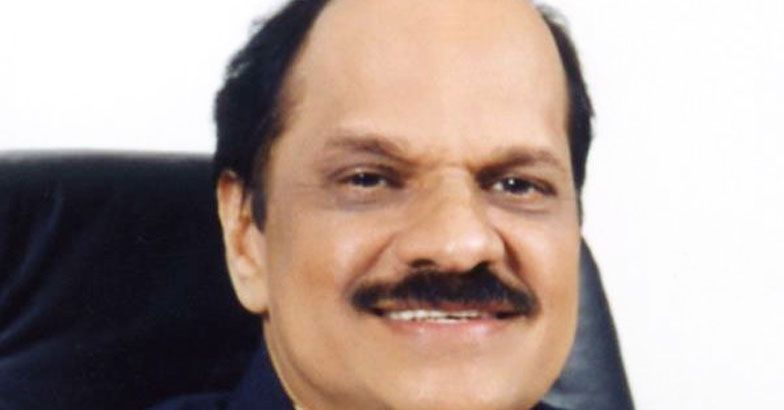Table of Contents
A tribute to India’s first Sikh Prime Minister, the visionary economist, and the statesman who redefined leadership with humility and wisdom.
Introduction
Dr. Manmohan Singh, India’s 13th Prime Minister (2004–2014), passed away at the age of 92, leaving behind a towering legacy of transformative leadership. Revered for his intellect, humility, and vision, Singh’s journey from a small village in British India to the helm of the world’s largest democracy exemplifies dedication and perseverance.
His contributions, spanning decades as an economist, policymaker, and statesman, have fundamentally shaped modern India. Notably, he was the first Sikh Prime Minister of India and one of the rare leaders who combined academic brilliance with practical governance.
Early Life and Education
Born in 1932 in Gah, British India (now in Pakistan), Dr. Singh’s early life was shaped by the upheavals of Partition. His family migrated to Amritsar, where he pursued his initial education at Hindu College. A brilliant student, Singh earned scholarships to study at the University of Cambridge, where he became Wrenbury Scholar in 1957. Later, he completed a doctorate in economics from the University of Oxford.
His time at Cambridge not only refined his economic philosophy but also earned him the affectionate nickname “Blue Turban,” a reference to his signature light-blue headgear that became a symbol of his identity and values.
Career as an Economist
Before entering politics, Singh held prestigious positions, including:
- Chief Economic Advisor in the Ministry of Finance.
- Governor of the Reserve Bank of India (1982–1985).
- Deputy Chairman of the Planning Commission (1985–1987).
- Secretary General of the South Commission in Geneva (1987–1990).
As Finance Minister under Prime Minister P. V. Narasimha Rao in the 1990s, Singh spearheaded landmark reforms that liberalized India’s economy. Facing a severe financial crisis, his bold measures dismantled socialist-era controls, opened India to global trade, and set the stage for unprecedented economic growth.
Prime Ministerial Tenure (2004–2014)
Dr. Manmohan Singh became Prime Minister in 2004, leading the United Progressive Alliance (UPA) government for two consecutive terms. His leadership during this decade marked India’s ascent as a global economic powerhouse.
Key Achievements:
- Economic Growth:
India experienced an average growth rate of 8% during Singh’s tenure, lifting millions out of poverty. - Nuclear Agreement with the U.S.:
The historic India-U.S. Civil Nuclear Agreement in 2008 bolstered India’s global standing. - Social Welfare Programs:
Singh championed inclusive growth with initiatives like the National Rural Employment Guarantee Act (NREGA) and the Right to Information Act. - Poverty Alleviation:
His policies significantly reduced poverty levels and expanded India’s middle class. - Infrastructure Development:
Major investments in infrastructure, including roads, energy, and telecommunications, enhanced connectivity and productivity.
The Iconic Blue Turban: A Symbol of Integrity
Dr. Singh’s light-blue turban became a powerful symbol of his character—calm, steadfast, and resolute. During a 2006 ceremony at the University of Cambridge, Prince Philip remarked on the distinctive color of his turban. Singh shared its personal significance, noting that light blue represented his favorite hue and was a reminder of his transformative years at Cambridge.
More than an accessory, the turban embodied his roots, values, and unwavering commitment to integrity and humility.
Awards and Honors
Dr. Singh’s contributions earned him numerous accolades, including:
- Padma Vibhushan (1987): India’s second-highest civilian award.
- Order of the Paulownia Flowers (2014): Japan’s prestigious Grand Cordon honor.
- Honorary Doctorates: From leading institutions, including the University of Cambridge, University of Oxford, and Moscow State Institute of International Relations.
- Recognition as one of Time magazine’s “100 Most Influential People in the World” (2005 and 2010).
Legacy
Dr. Manmohan Singh’s legacy is one of quiet resilience, intellectual brilliance, and unwavering dedication to India’s progress. As the architect of economic liberalization, he transformed India into a globally respected economic force. His leadership during a crucial decade ensured not only economic growth but also social equity.
Singh’s humility, symbolized by his iconic blue turban, serves as a reminder of his roots and the inclusive vision he championed.
Conclusion
Dr. Manmohan Singh will be remembered as a statesman who combined intellectual rigor with moral integrity, leading India with grace and wisdom. His contributions have left an indelible mark on the nation and the world.
As we bid farewell to this remarkable leader, we celebrate his inspiring journey, his quiet determination, and the enduring legacy of hope and progress he left behind.




